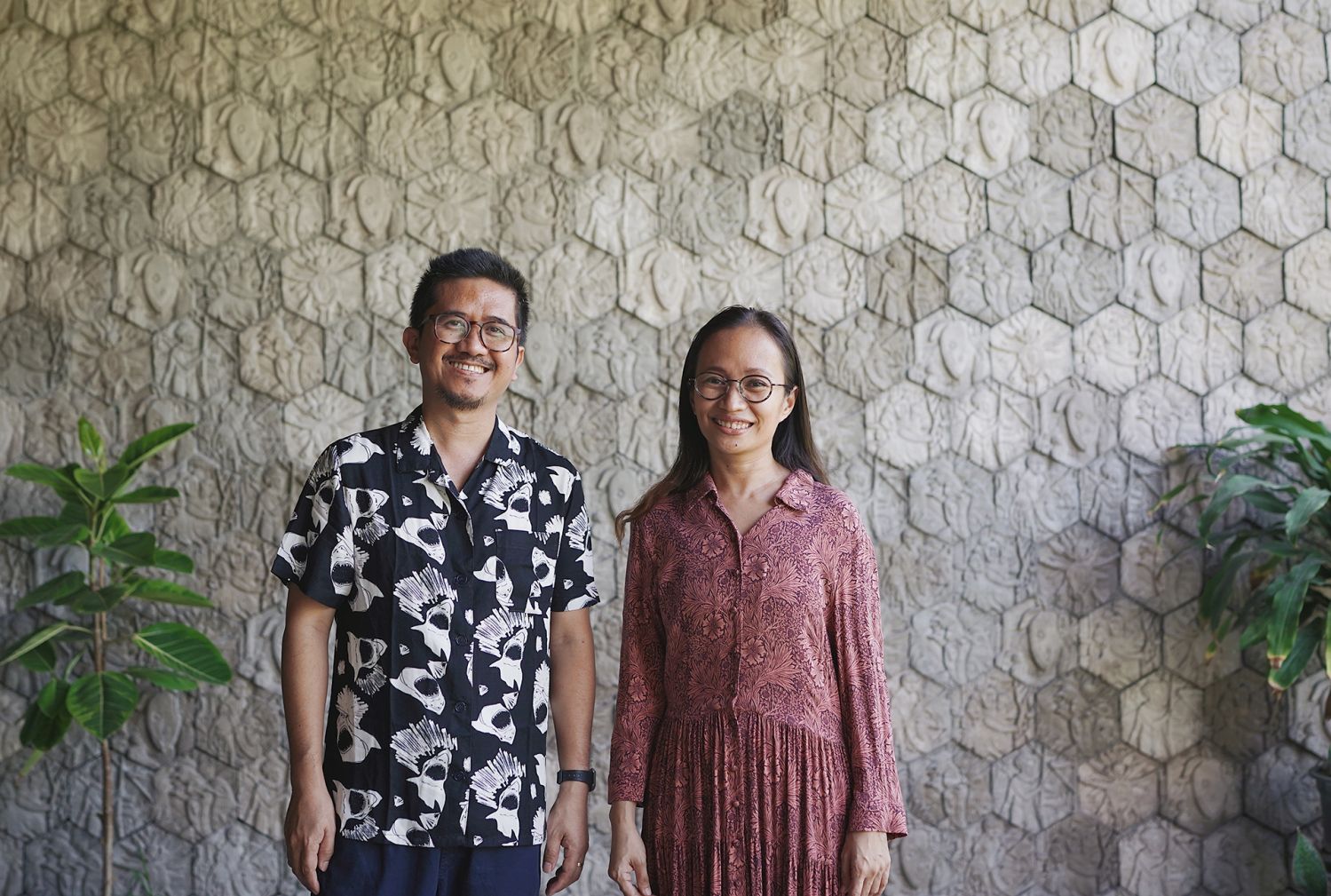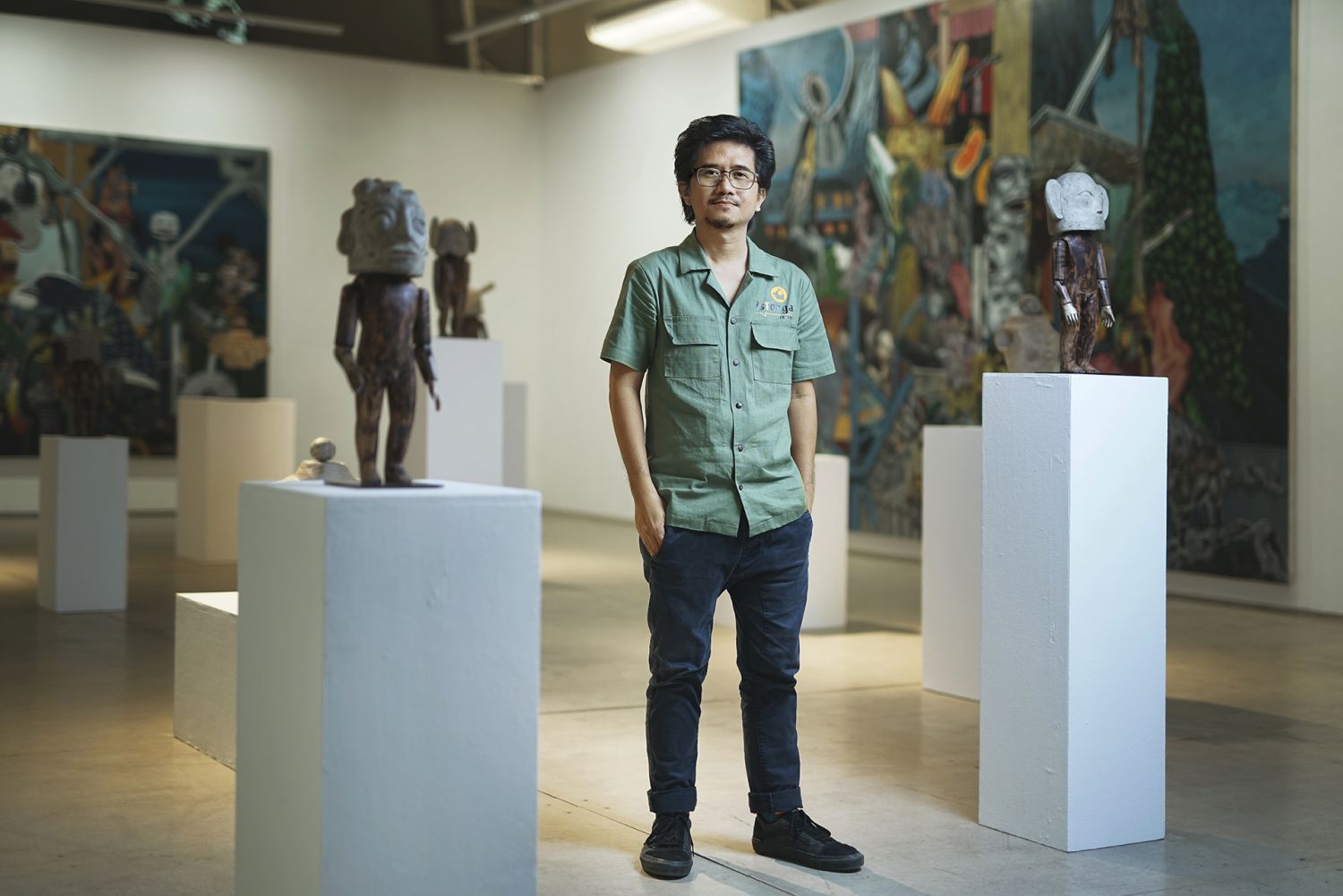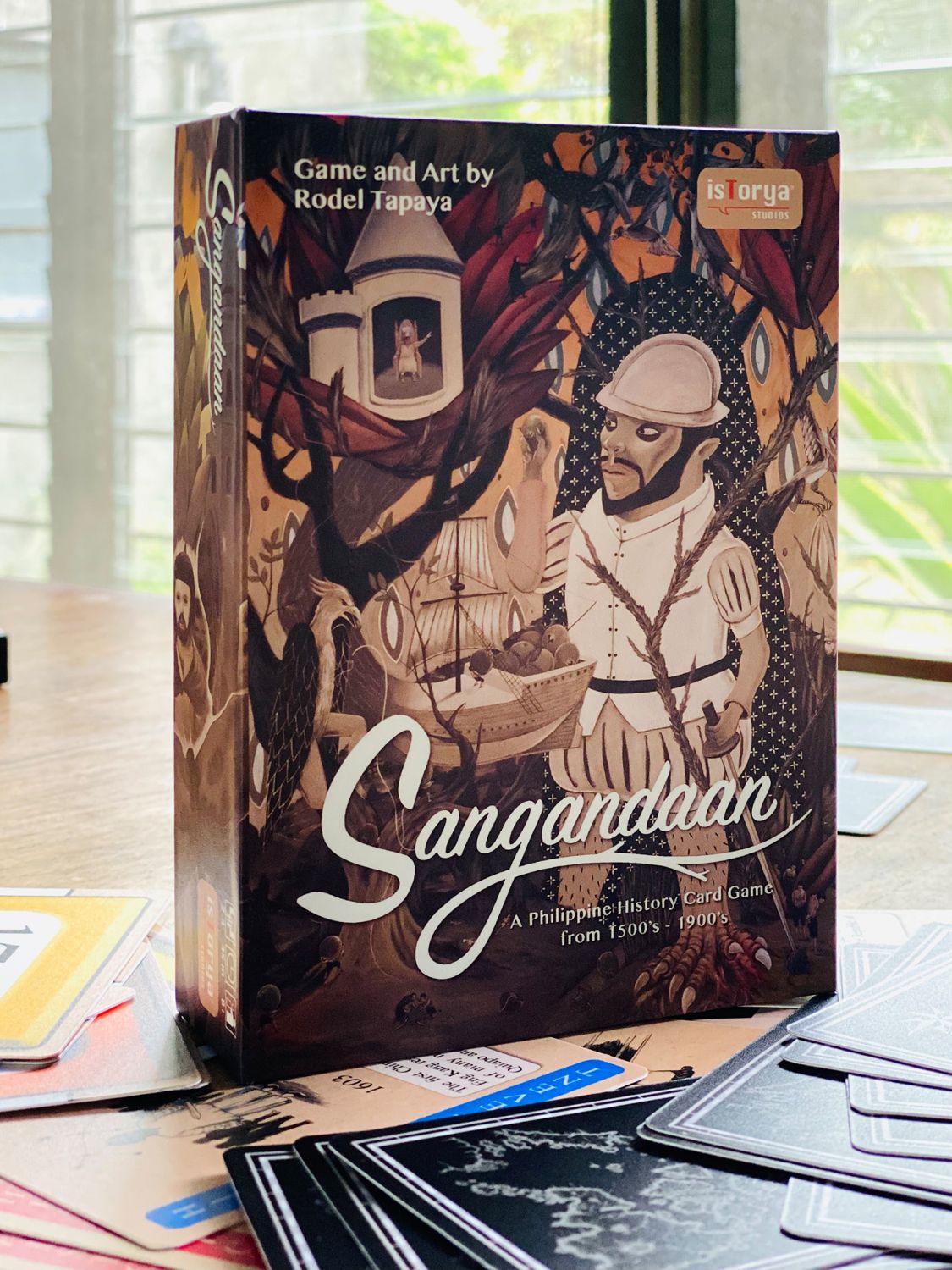Leading Filipino contemporary artists Rodel Tapaya and Marina Cruz recently introduced two card games that revolutionise the way we teach Philippine history to our children
Our recent history was not only marred by the pandemic but has also taken into account the changes it has brought upon us in our lifestyles. For many Filipino families, the years 2020 to 2021 seem to be like blips in time due to strict quarantine measures that locked most of us in our homes. Professionals started working from home and students resorted to either online classes or homeschooling. Visual artists weren't able to easily mount exhibitions unless done online or in a space with limited audiences. Perhaps that is why many artists have been able to attune themselves to their studios, homes, and families more than ever, being grounded in the realities and essentials of everyday life.
This metanoia already resonates with the family dynamics of prominent Filipino contemporary artists Rodel Tapaya and Marina Cruz. Both CCP Thirteen Artists awardees in 2012 and married for over a decade with three kids, this artist-couple carved their names in the Philippine visual art scene individually and with profound success. Even before the pandemic, they have been homeschooling their children. But one of the good things that happened to them, born out of the lockdowns, is the chance to work together in a few exhibitions and the creation of two Philippine history-based card games, Patandaan and Sangandaan.
Promoting Love of Country

In homeschooling their kids where Cruz taught Math and Science, her cousin Filipino and English, and Tapaya Araling Panlipunan (Social Studies), they realised that teaching should be engaging. Seeing Tapaya already introducing to their young grade schoolers the timeline of history, and what are AD and BC, Cruz got surprised that a complicated topic could be learnt by kids when done creatively.
"We want to teach history in a way that is unintimidating because oftentimes students find it difficult due to dates, names, and events that teachers require them to memorise," says Cruz. She later explains that the games they devised require teamwork and collaboration that make it easier for kids and young-at-heart to appreciate introductory history lessons.
The birth of IsTorya and its mission to create educational games and products trace back to the artists' second eldest child who devised a board game that allows players to solve the pandemic. It's an abstract game, the couple describes to Tatler, with two ways to win over a virus that mutates in three ways. At the time when there was no distribution yet of vaccines for COVID-19, their child already thought about it and infused it into the game. Oftentimes they would play Catan or Exploding Kittens as a family but seeing their child creating his own, and them learning school subjects in an unconventional way, sparked Tapaya and Cruz to put up a business to usher in such creativity.
Read also: Tatler Friends Share Inspiring Life Lessons About Homeschooling Their Kids








